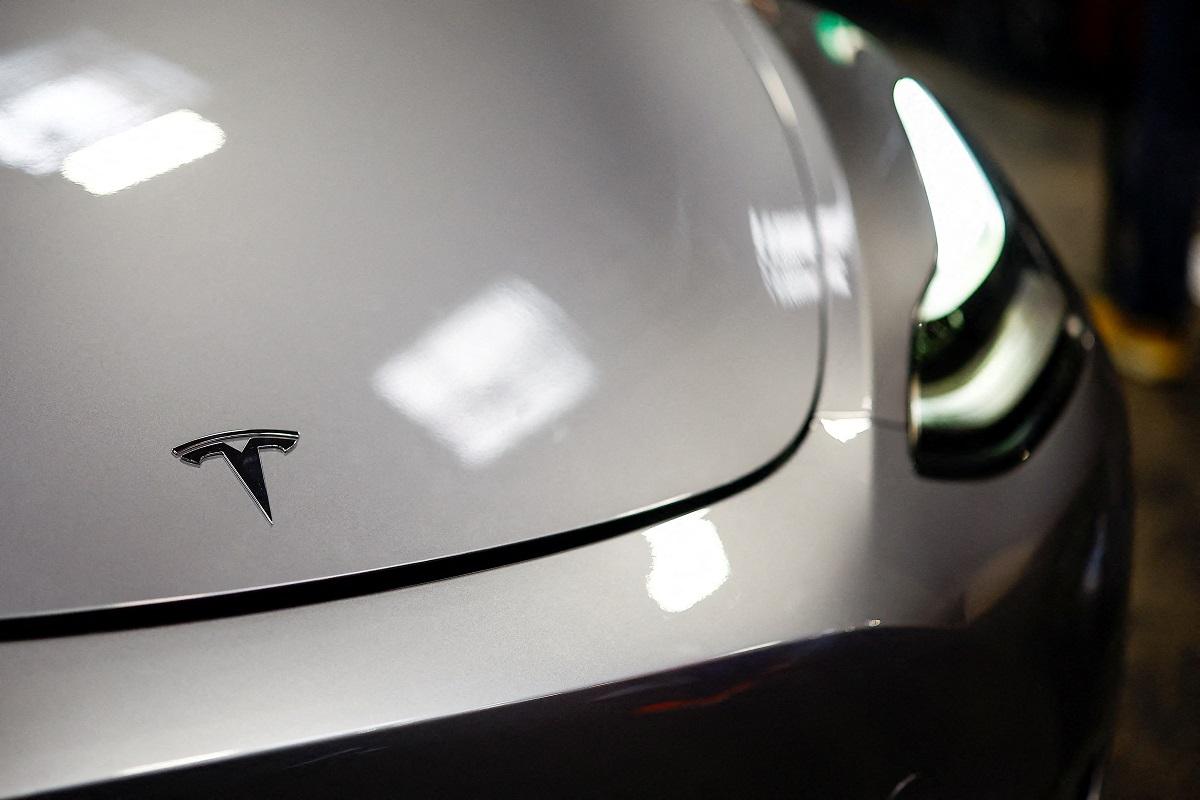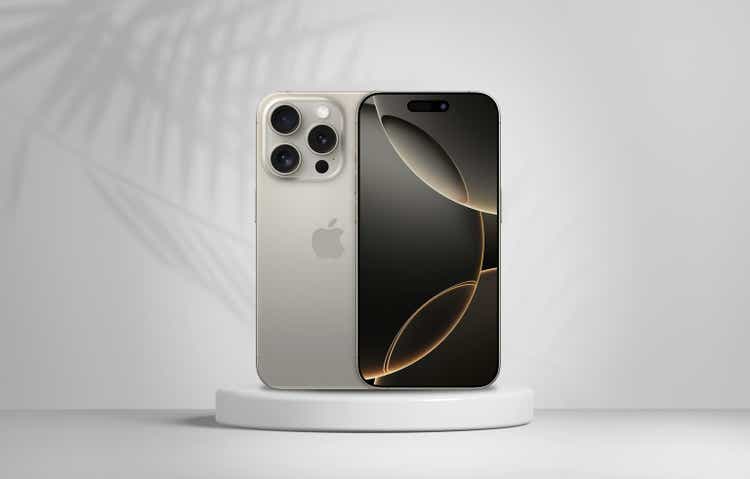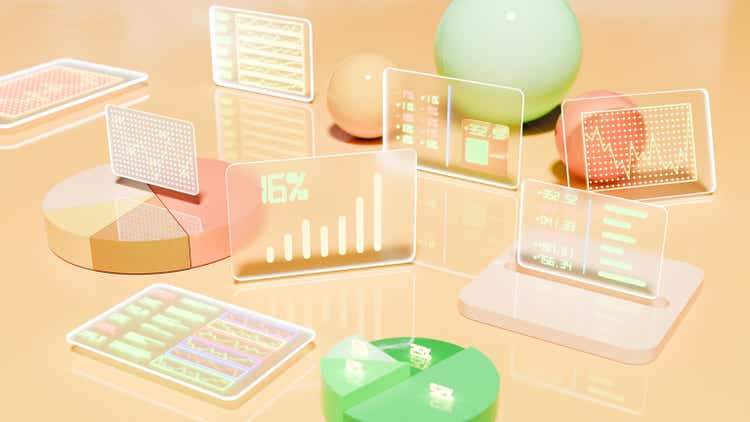A man tests a laptop inside a Huawei store at a shopping mall in Beijing on April 13. PEDRO PARDO/AFP/Getty Images U.S.
President Donald Trump is suggesting a separate set of tariffs on Chinese-made smartphones and other electronics could be announced as soon as Monday after granting exemptions for them just before the weekend, while his administration also prepares a new pharmaceutical tariff that could hammer Canada. The back-and-forth over a suite of China ’s most significant exports to the U.S.

has ramped up the uncertainty around the chaotic rollout of Mr. Trump’s on-again-off-again global tariff regime. Late Friday, U.
S. Customs and Border Protection quietly posted a notice announcing the exclusion of a long list of consumer technologies and the components used to make them from Mr. Trump’s 125-per-cent tariffs on China and 10-per-cent levies on most other countries.
The items are still subject to earlier 20-per-cent U.S. tariffs on China.
The exemptions, applying to everything from smartphones to laptops to semiconductors, provide monetary relief to both U.S. consumers and major technology companies such as Apple AAPL-Q , Dell DELL-N and Nvidia NVDA-T , which manufacture products and source components from China.
Xi Jinping has been preparing for Trump’s trade war for 12 years – it may not have been long enough But Mr. Trump on Saturday night hinted it would only be a temporary reprieve. “I’ll give you that answer on Monday.
We’ll be very specific,” he told reporters on Air Force One as he flew from Palm Beach, Fla., to Miami for a UFC fight, when asked about plans for a technology tariff. On his Truth Social platform Sunday afternoon, he wrote that the entire electronics supply chain could be subject to tariffs imposed under national-security legislation.
“NOBODY is getting ‘off the hook’ for the unfair Trade Balances, and Non Monetary Tariff Barriers, that other Countries have used against us, especially not China which, by far, treats us the worst!” Mr. Trump wrote. Semiconductors are used in a wide range of consumer goods and military technology, raising fears in the U.
S. that the country’s national security is dependent on its chief global rival. Earlier on Sunday, Commerce Secretary Howard Lutnick told ABC that it will take “probably a month or two” for the administration to roll out tariffs on technology products and components.
“All those products are going to come under semiconductors, and they’re going to have a special focus type of tariff to make sure that those products get re-shored,” he said. Mr. Lutnick also reiterated Mr.
Trump’s previous promises of a coming levy on pharmaceuticals: “We need to make medicine in this country. We learned it during COVID.” If Mr.
Trump goes ahead with pharmaceutical tariffs, it would both deliver a blow to Canada and hike the cost of medicine for Americans, who already pay some of the world’s highest prices for prescription drugs. Canada, which has a large generic drug industry, exported US$8.67-billion worth of pharmaceuticals to the U.
S. last year, according to United Nations data. A U.
S. government analysis showed that, in 2022, Americans paid an average of 2.78 times more than residents of other OECD countries for their drugs.
But brand-name drug companies in the U.S. have long lobbied for government help holding back competition from generics manufacturers in China, India, Canada and other countries.
The technology exemptions were the President’s second climbdown in a week on his tariff agenda. Last Wednesday, after a stock market rout, Mr. Trump rolled back a raft of levies on countries around the world that he had announced days earlier, while increasing tariffs on China.
The new exclusions spare Americans, at least for now, from dramatic spikes in the prices of everything from phones to computers to hard drives. Other household products imported from China, including clothing and shoes, remain subject to the tariffs. U.
S. government data show that smartphones and laptops were the country’s two largest imports from China last year, valued at US$41.7-billion and US$33.
1-billion. The reprieve is also a concession to an industry that has worked to woo Mr. Trump.
Apple chief executive officer Tim Cook donated US$1-million to the President’s inauguration, with similar contributions flowing from Amazon and Meta. Moving technology supply chains from China to the U.S.
would be a difficult and expensive process. Inu Manak, a trade expert at the Council on Foreign Relations think tank in Washington, said that, if there had always been a plan for a separate technology tariff on national security grounds, it would have made sense to roll it out first rather than have Mr. Trump repeatedly revise his own policies after the fact.
“This is showing that there is no plan, and if there is going to be a plan, they’re going to have to come up with it pretty fast,” she said. Mr. Trump has also called on Congress to repeal former president Joe Biden’s 2022 CHIPS Act, which provides US$280-billion worth of subsidies and tax breaks to expand manufacturing of semiconductors in the U.
S. China, in addition to placing tariffs of its own on U.S.
goods, China has retaliated against Mr. Trump’s levies by restricting exports of critical minerals and magnets, squeezing both technology and military supply chains for Washington. On Sunday, China’s Commerce Ministry urged Mr.
Trump to roll back his tariffs entirely. “The bell on a tiger’s neck can only be untied by the person who tied it,” it said. With a report from Reuters.
Business

Trump suggests separate set of tariffs on electronics could come this week

The U.S. President says that the entire electronics supply chain could be subject to tariffs imposed under national-security legislation














